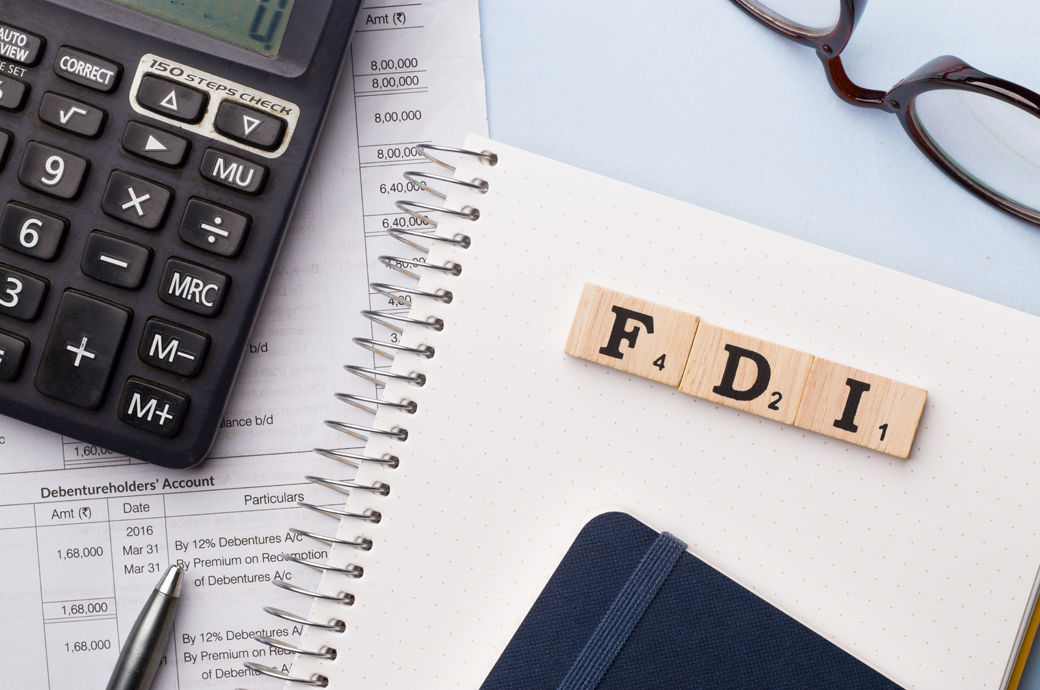
The rise in FDI for the CLMV region in the Association of Southeast Asian Nations (ASEAN) is backed by a recovery in global exports and tourism this year compared to last, which can be expected to bolster domestic demand through a labour market recovery within CLMV nations in general, the report said.
Though the CLMV nations’ overall economic development is lesser than the other ASEAN member states, these have significant potential as future growth leaders of the ASEAN bloc, it noted.
These economies are well-positioned to benefit this year from the ‘China+1’ strategy, i.e., enterprises diversifying their manufacturing bases to mitigate rising geopolitical and trade risks. This relocation trend is driving FDI in CLMV countries in the medium term, it said.
Vietnam will lead in FDI this year in the CLMV cluster, with a 6.3 per cent growth—up from 5.1 per cent last year. Cambodia will rank second, expecting a 6 per cent growth in FDI this year—up from 5.6 per cent in 2023.
Laos, ranked third for EIC 2024 FDI predictions, is set to see a 4.7-per cent FDI growth—a slight increase from 4.5 per cent last year.
Myanmar should expect 3 per cent FDI growth—up from 2.5 per cent last year, and fourth place for investment growth in the CLMV region, the report said.
The growth rate of all CLMV economies, however, will still lag behind pre-COVID-19 averages due to pressures from China’s economic deceleration, given the former’s heavy reliance on the latter in trade, investment, tourism, real estate and construction sectors, it noted.
In the short term, disruptions in trade in the Red Sea and a drought in the Panama Canal could lessen global trade and significantly increase costs in export logistics for CLMV countries.
In the long term, the CLMV region must prepare for rising protectionism worldwide, notably more trade barriers and tariffs, EIC suggests. CLMV local currencies should also face less downward pressure this year, it added.
Fibre2Fashion News Desk (DS)